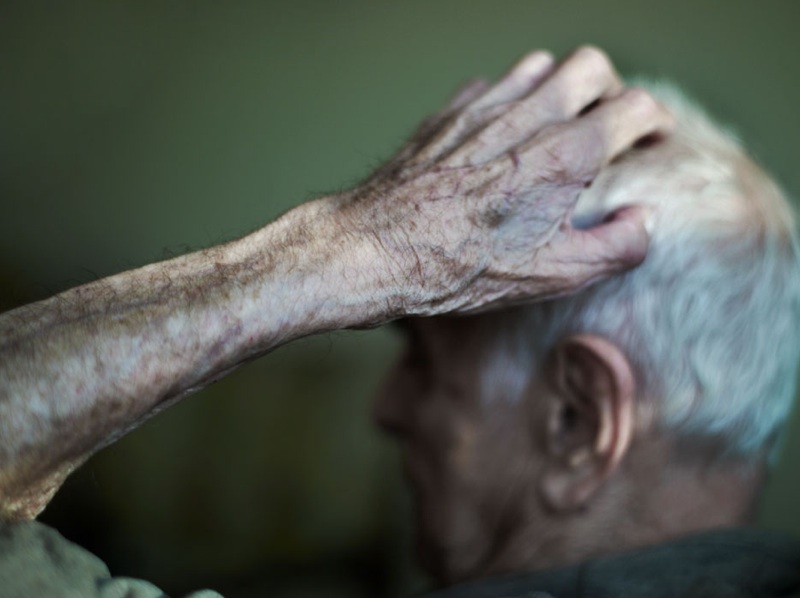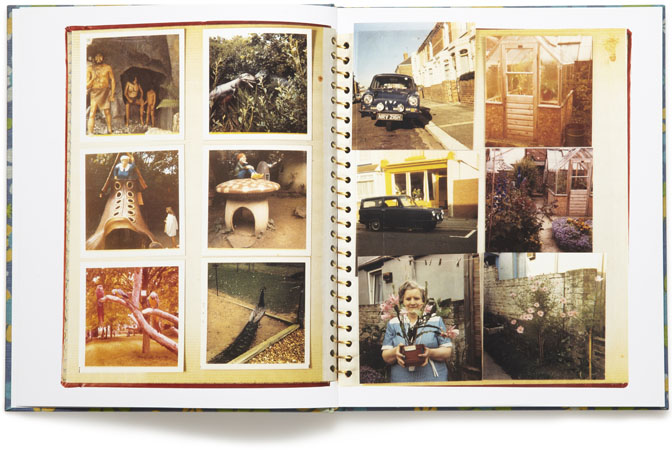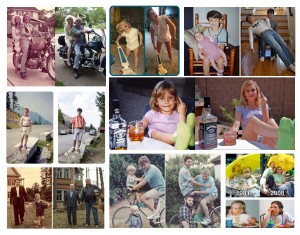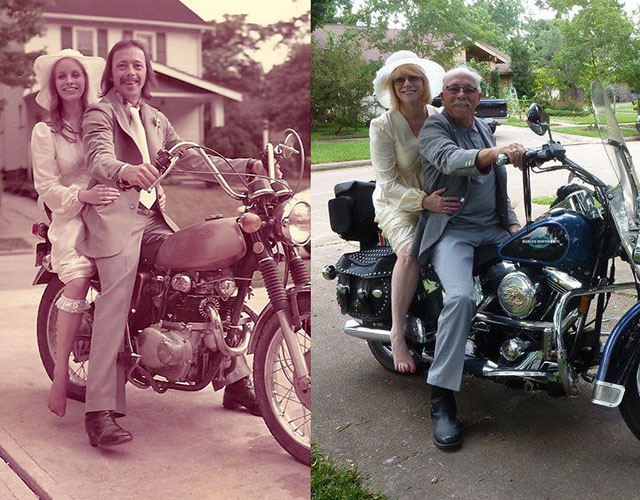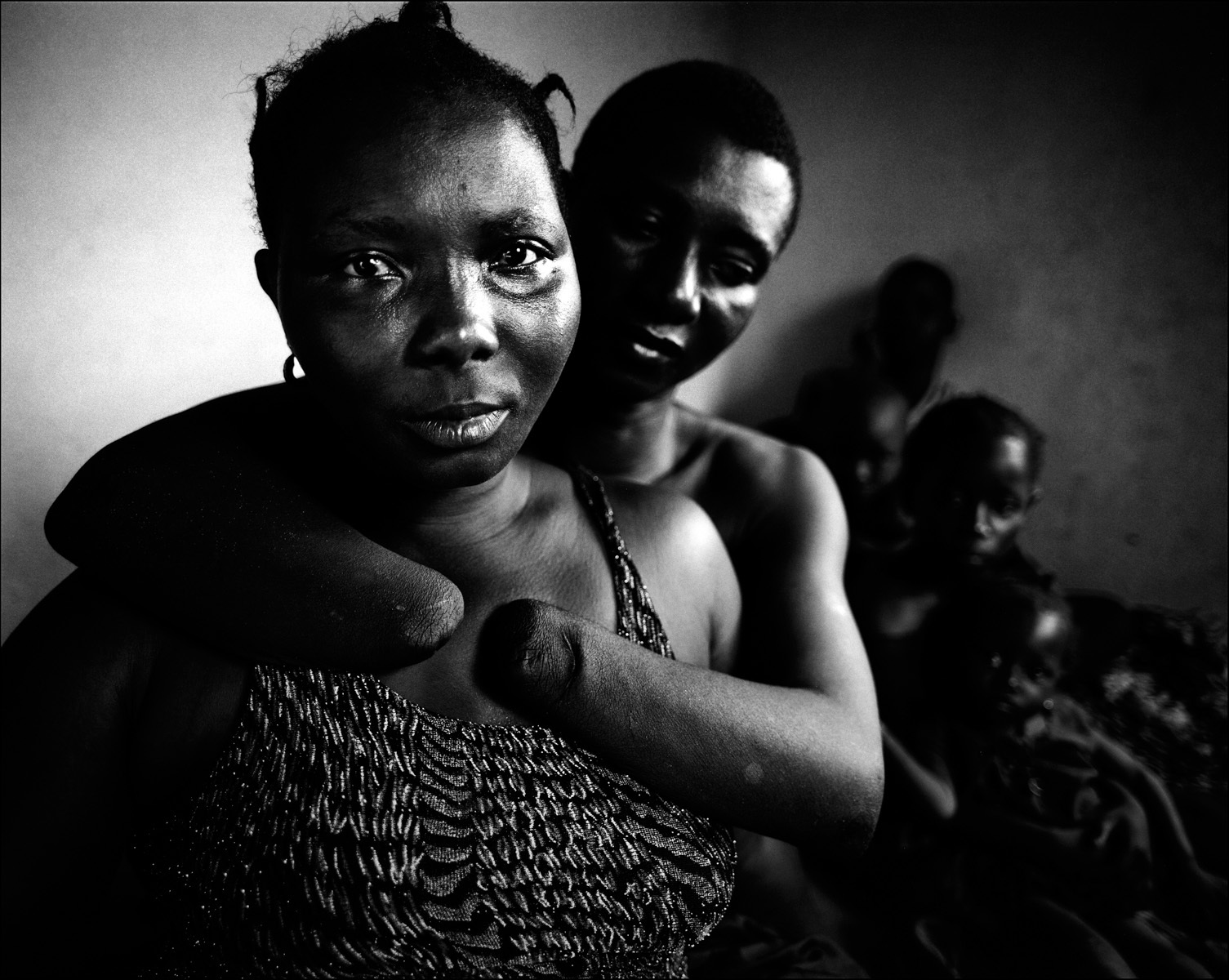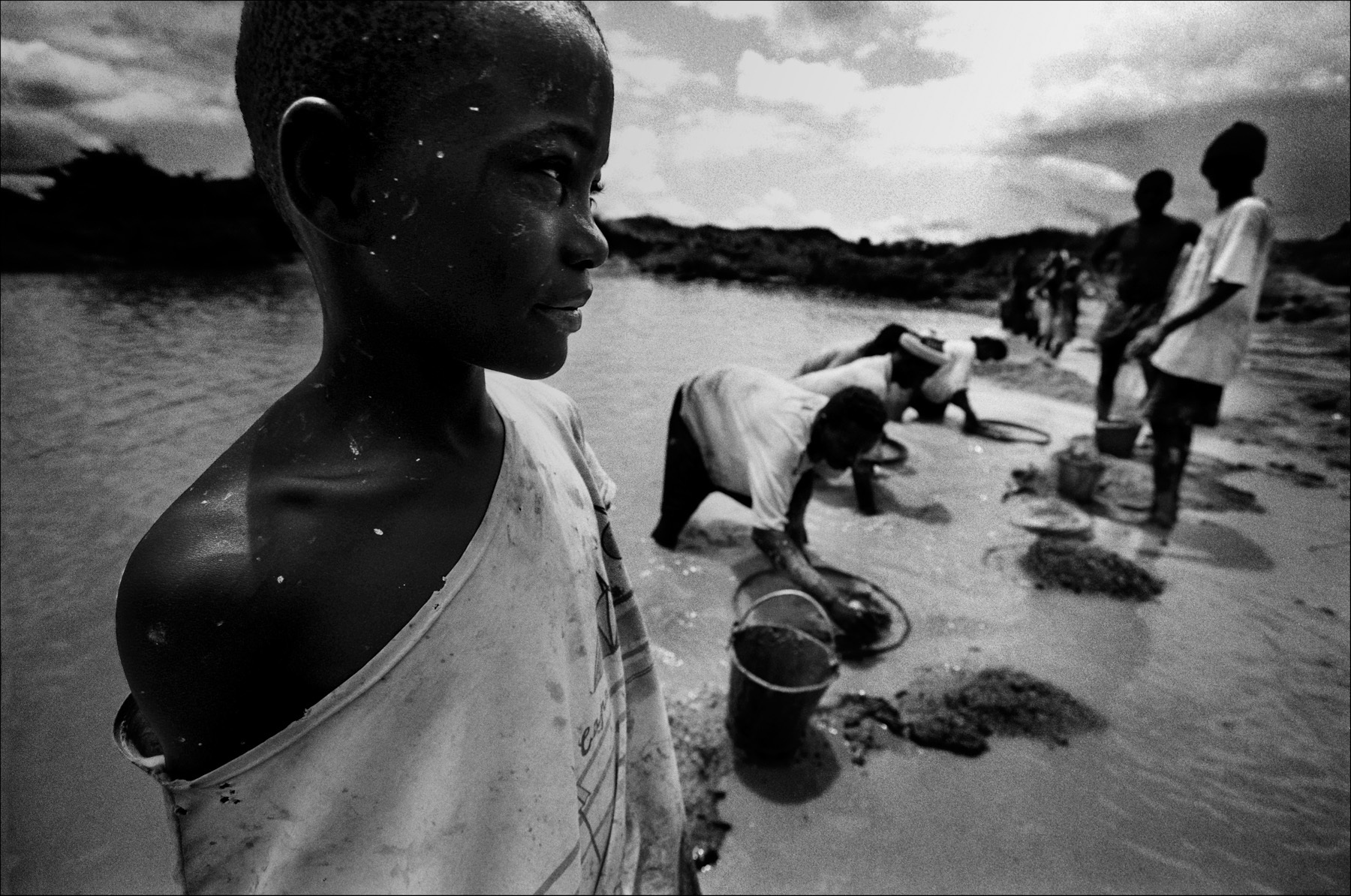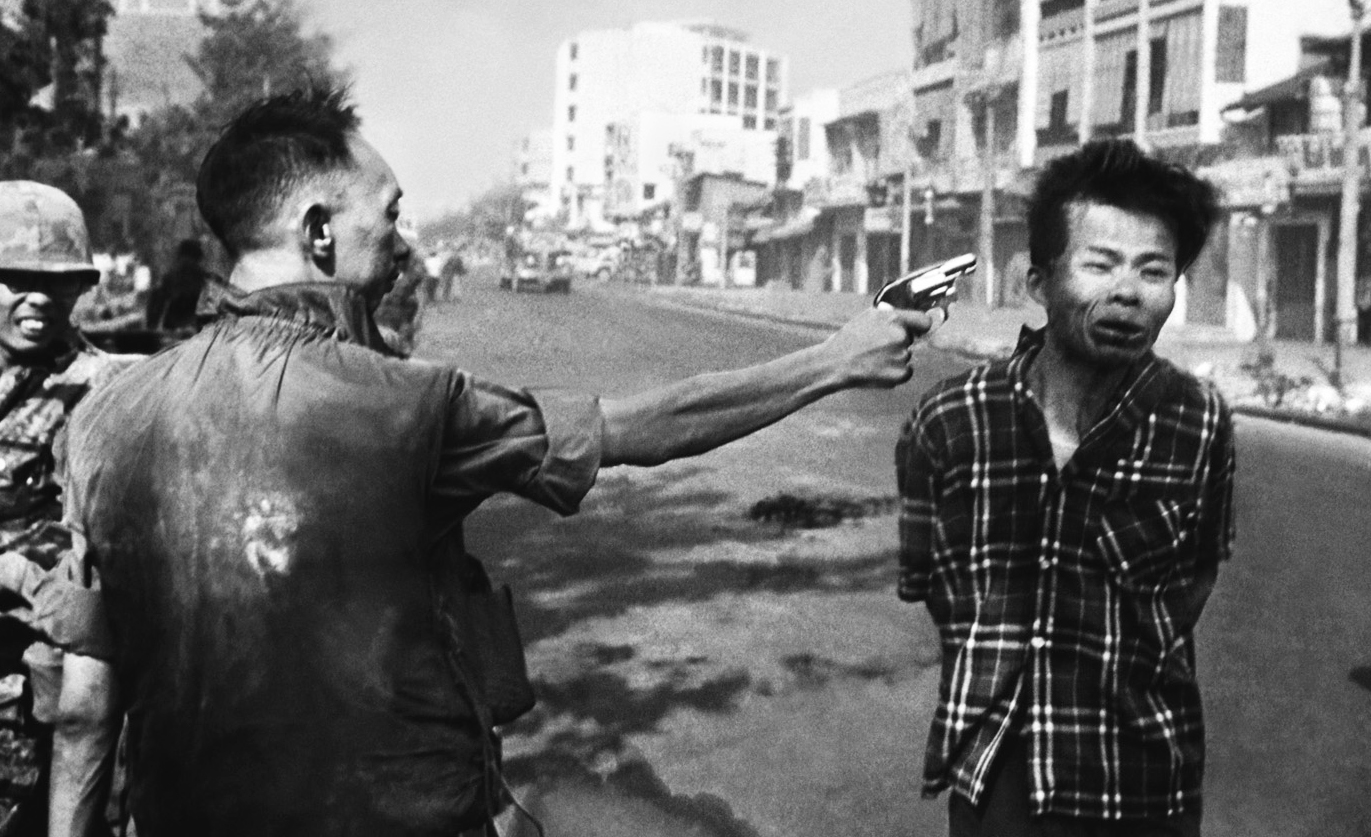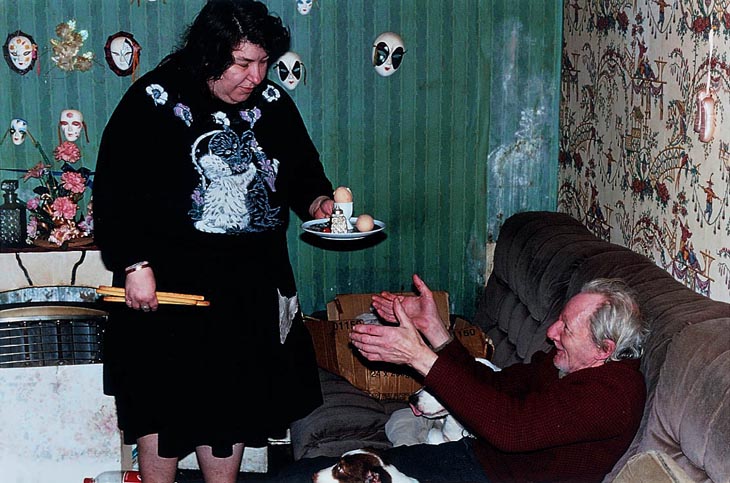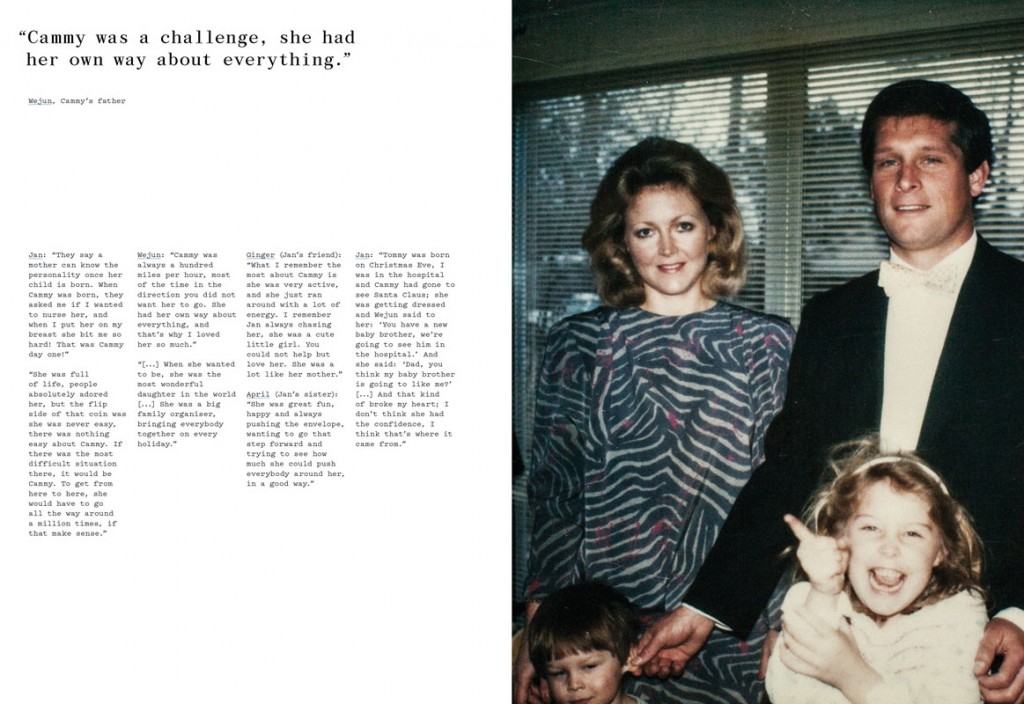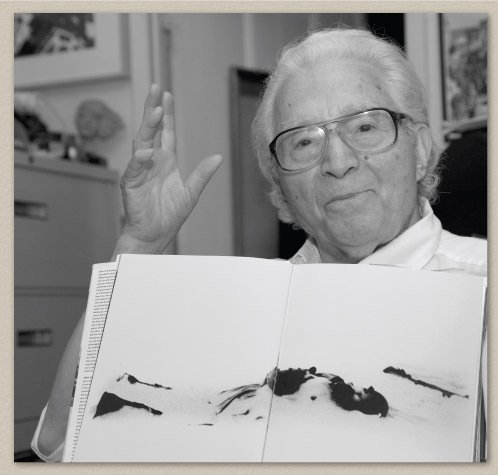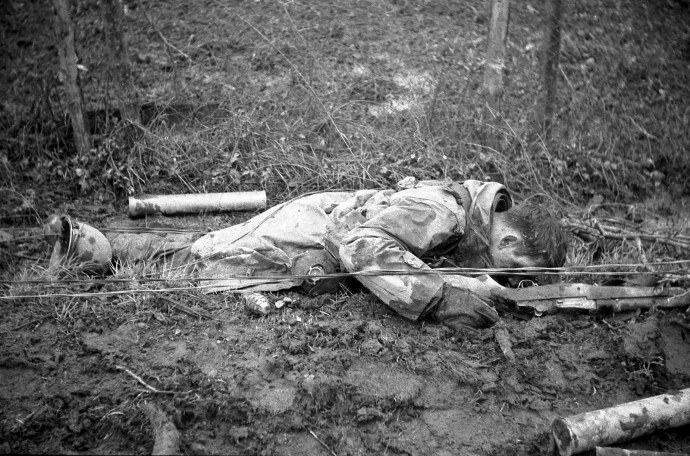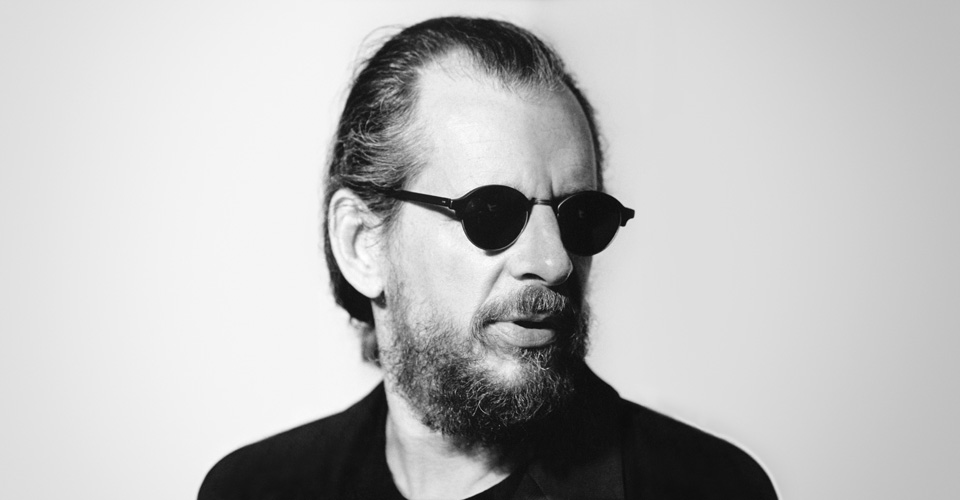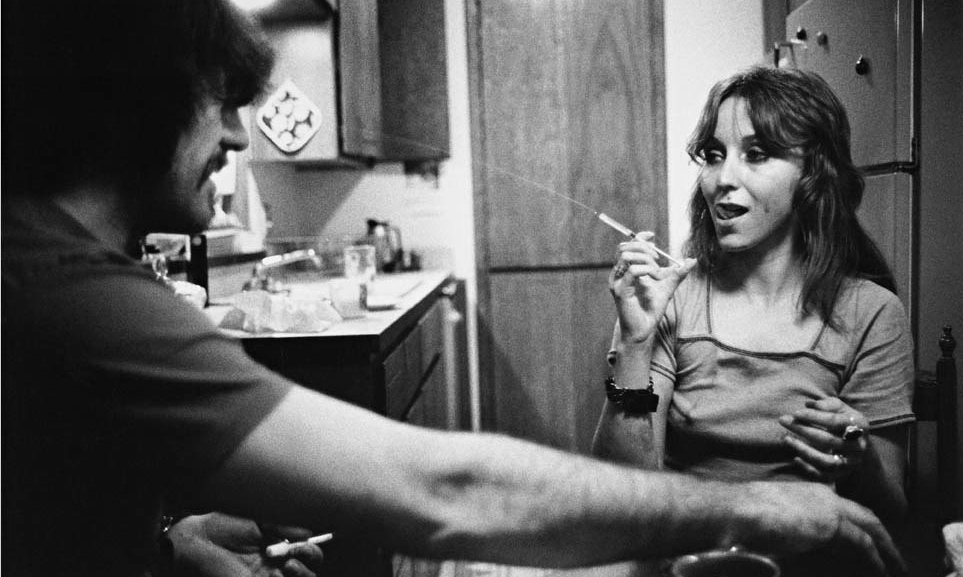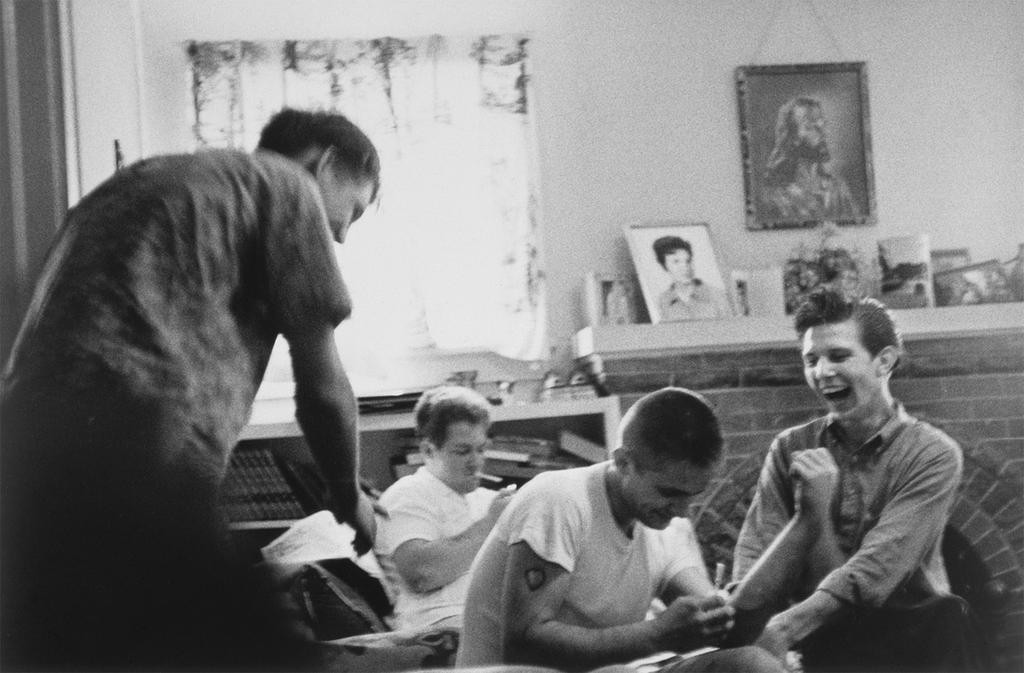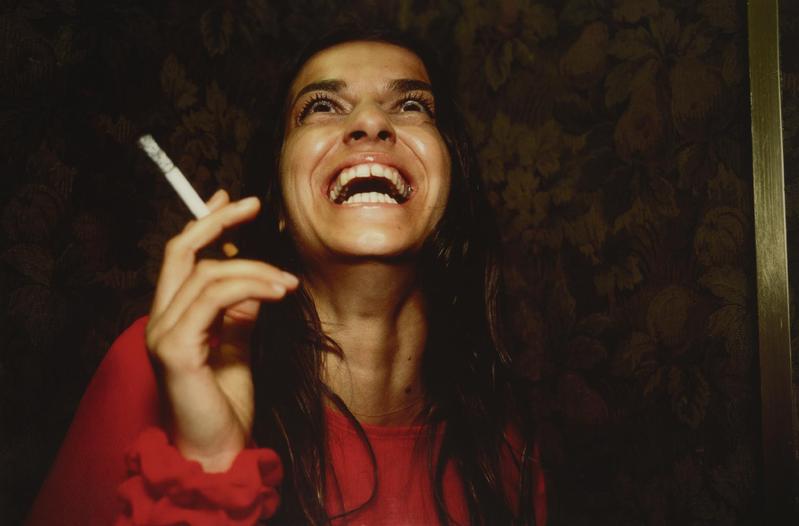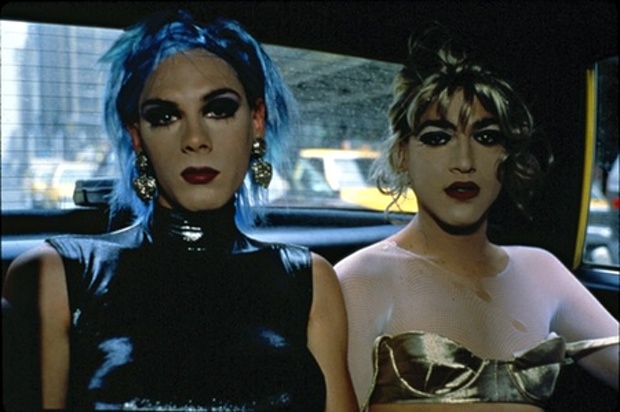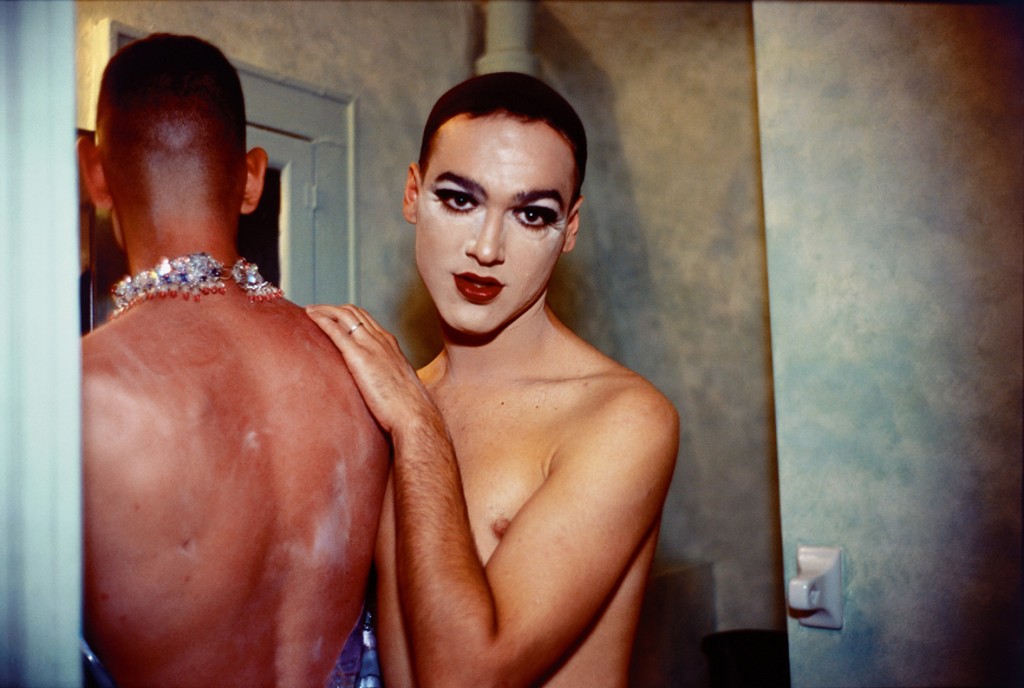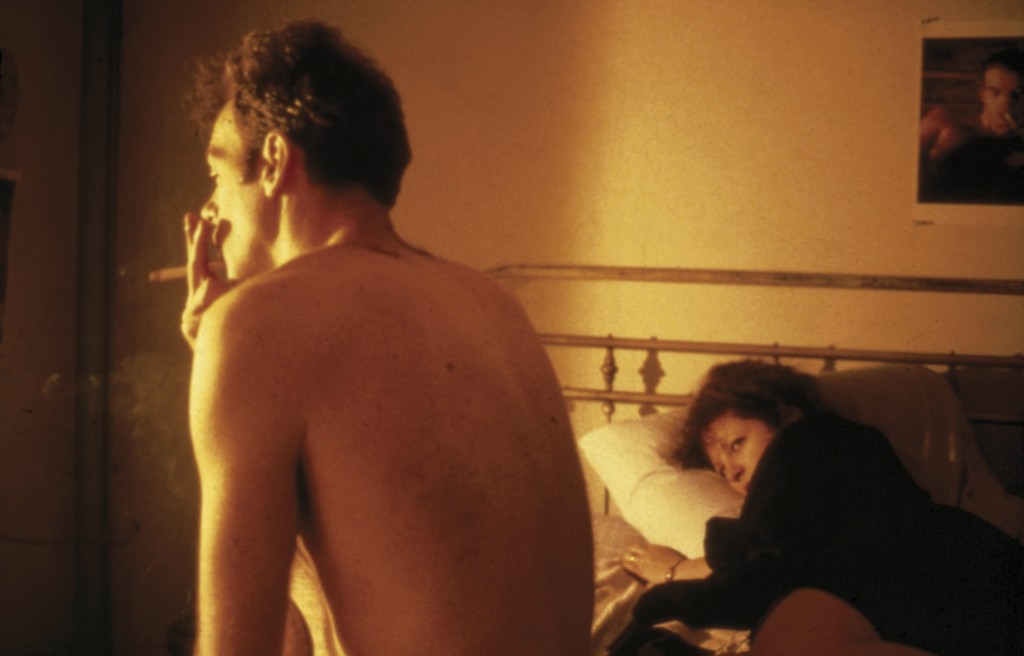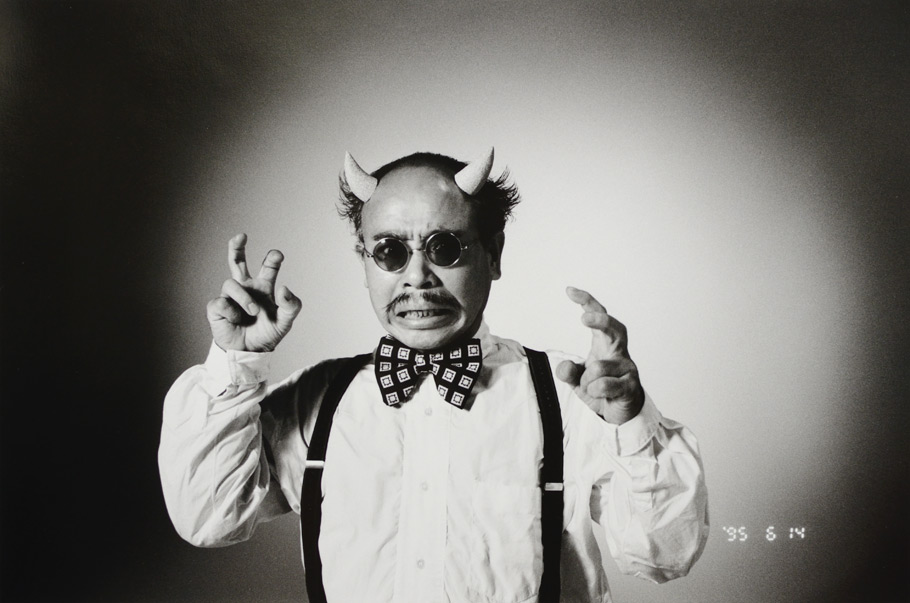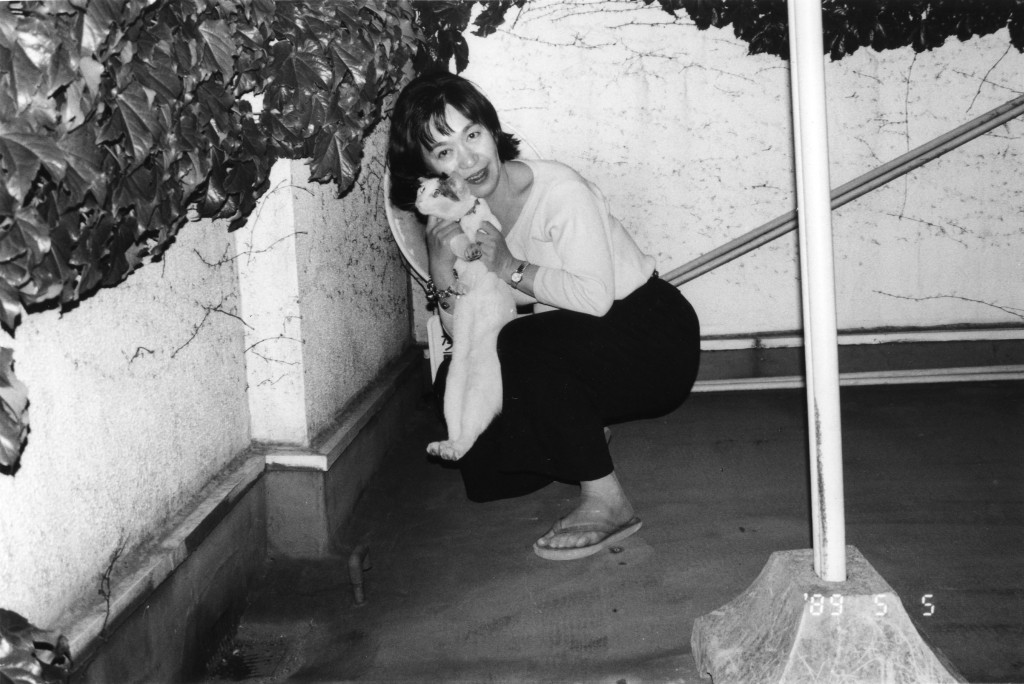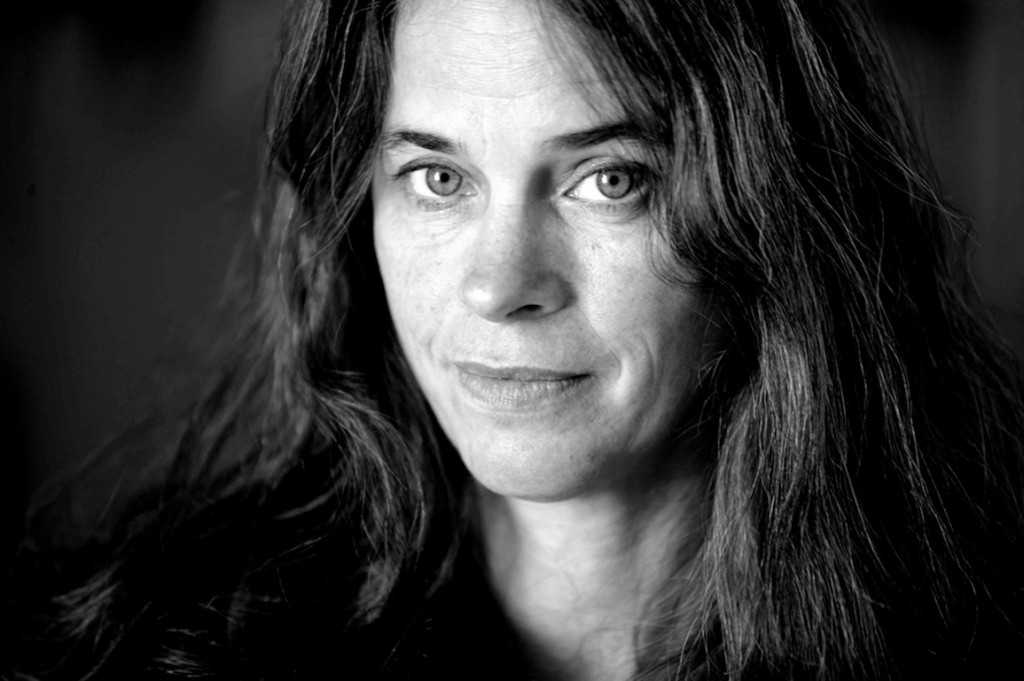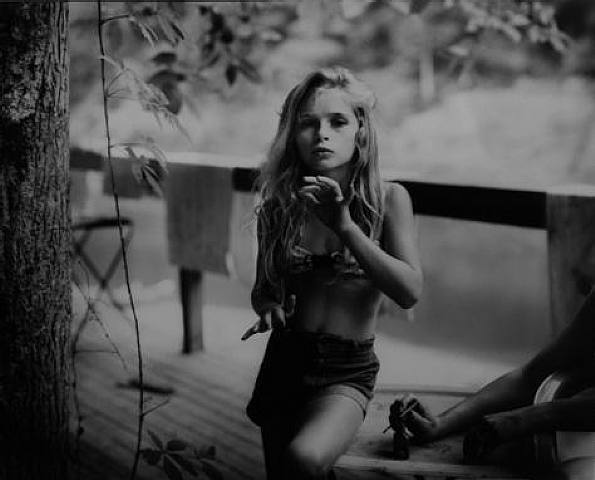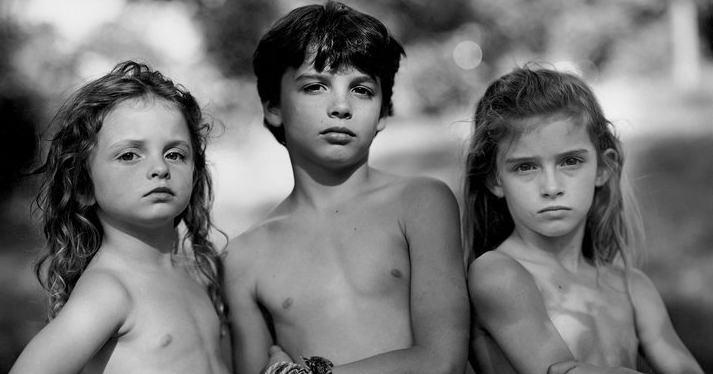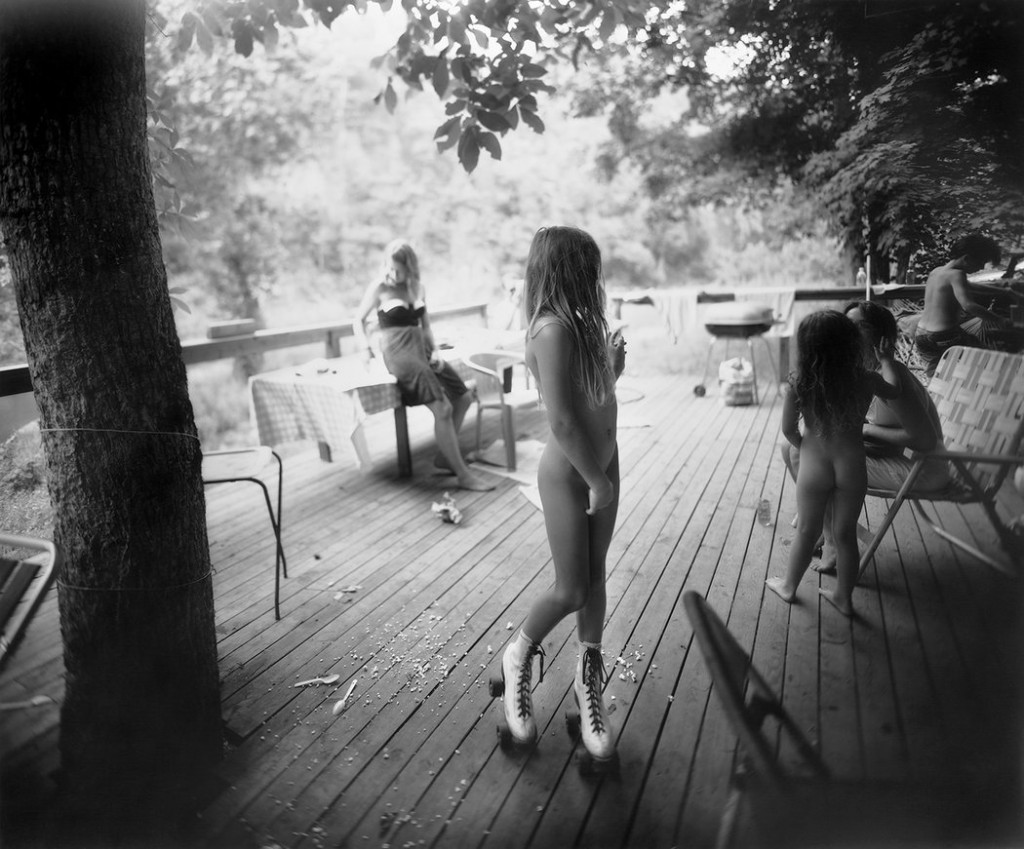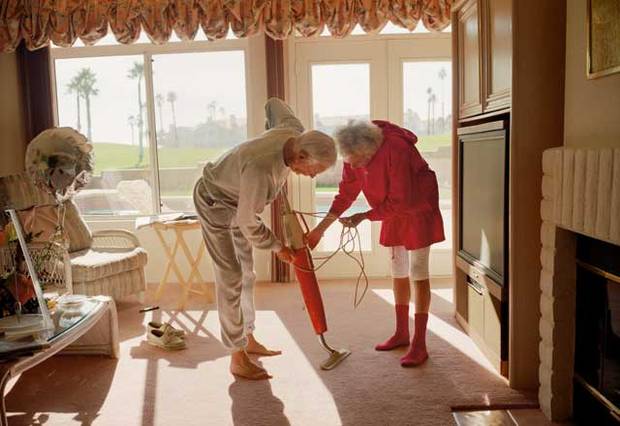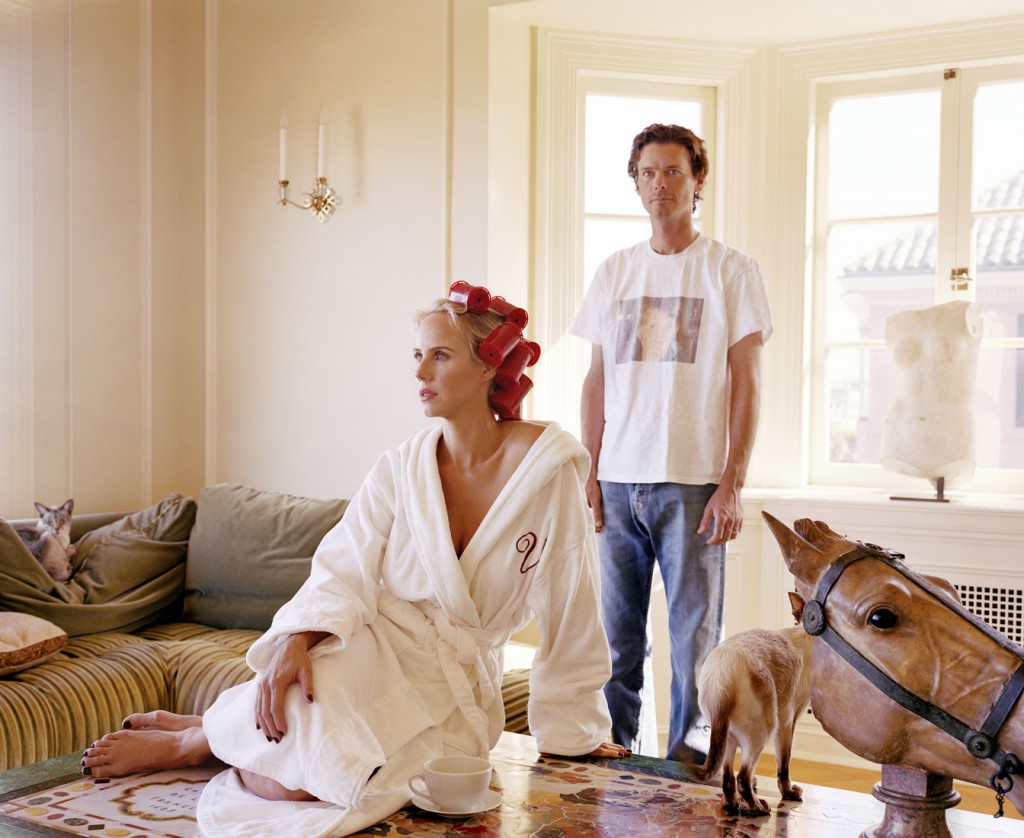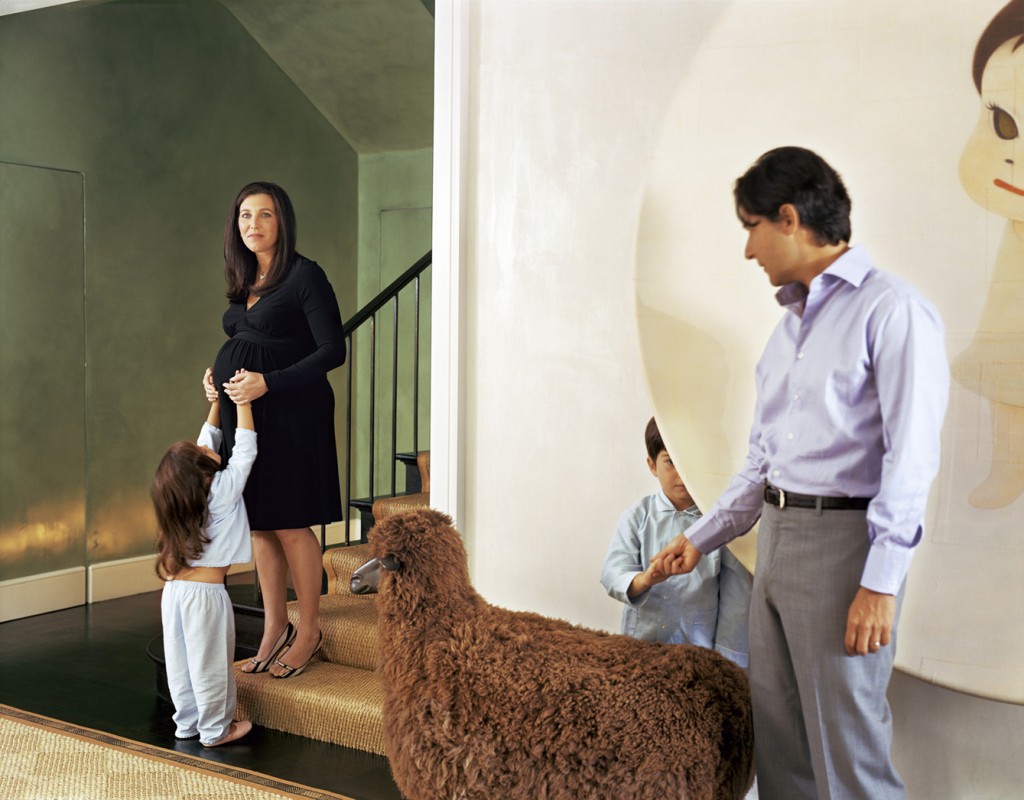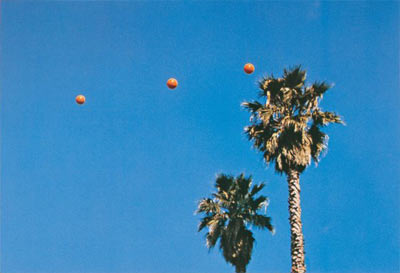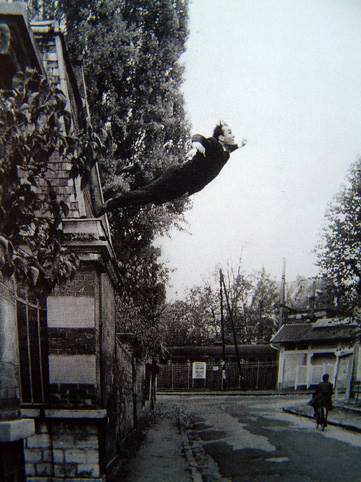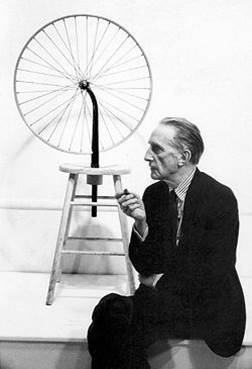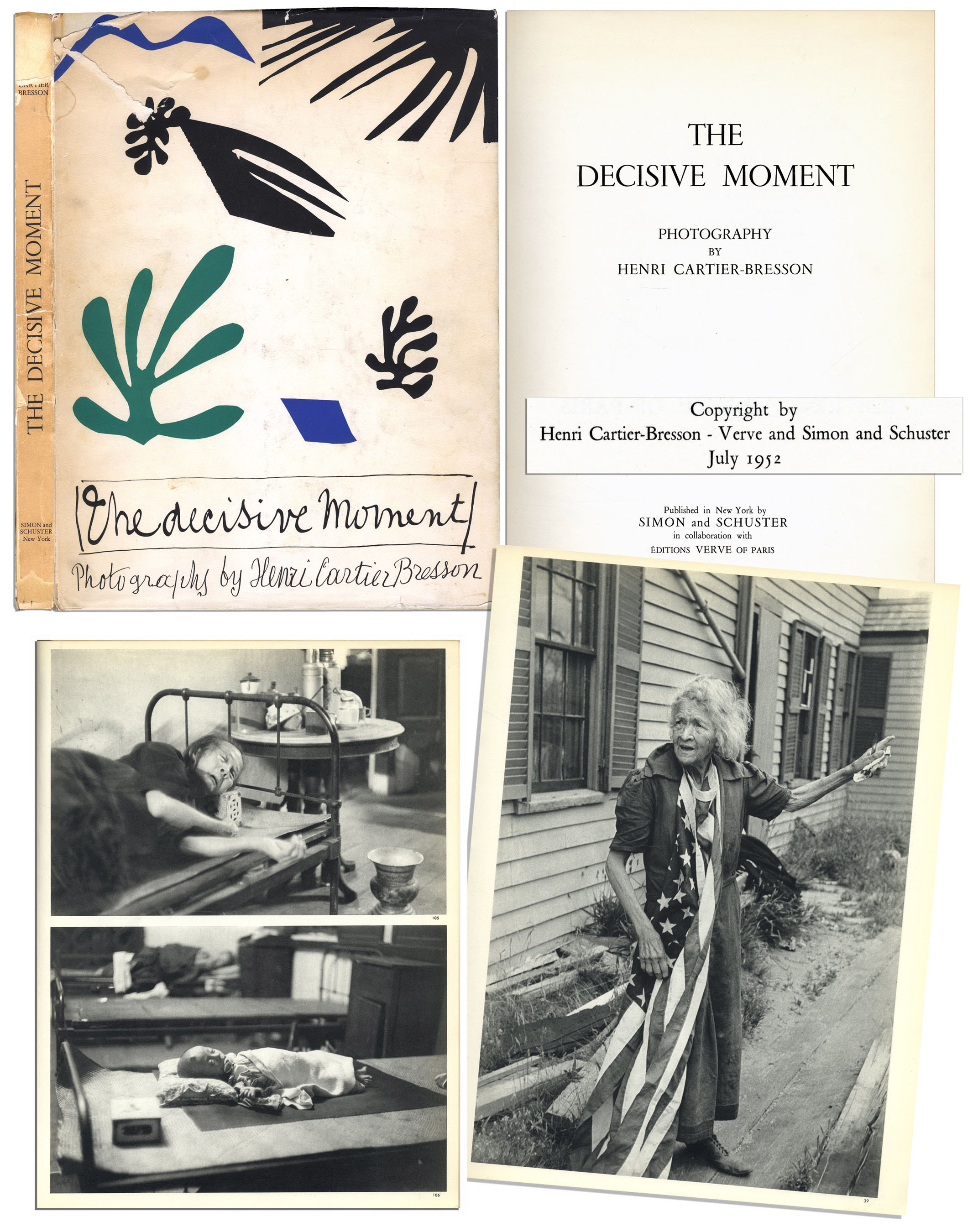Phillip Toledano
‘When I was six’ is a book produced by Phillip Toledano based on the remembrance of his sister who died when he was six years old. The project is a work of memories, sadness and silence based on a profound absence of a family member. The book combines words and images, photographs that are new, old and found. Lots of the photographs are of items found in a box from the attic his mother hid away but still cherished, which he discovered after her death. Little momentoes that belonged to his sister such as; a lock of her hair, a fan letter written in crayon and a personalised pencil. All of these items create a narrative of remembrance, each photograph has an intense personal meaning attached to it. Toledano photographs them in an almost forensic way, as if it were evidence that she was alive. He is included photographs of planets and space travel, this is symbolic of his feelings regarding the absence of his beloved sister. Toledano wanted to represent a vast and empty world which his life became, possibly an untouchable and distant world much like death.
I think Toledano’s ‘When I was six’ project has been influential when researching family themed photographers, he takes a different approach compared to other photographer and experiments with a difficult topic to photograph. I found the idea of memory inspiring as you are able to photograph memories that represent the individual that you no longer have.
Another project of Toledano’s is ‘Days with my father’, a simple journal of intimate photographs of his father after his mother died in 2006. The images taken were of his father in his final years, focusing on their relationship and the importance of family. There were funny, sad and loving observations, an honest and emotional documenting of excepting and coming to terms with an aging parent. ‘I like photographs to be unfinished sentences’- Phillip Toledano.
Julian Germain
Julian Germain’s body of work ‘For every minute you are angry you lose sixty seconds of happiness’, is a detailed, honest and earnest portrayal of an old man’s life. Germain photographed Charles Snelling in the early nineties, photographing this elderly man was the not the main premise to begin with, the companionship was the primary reason. Despite this Germain still managed to fill two third’s of a book with the images she produced. The other third Germain used scrapbook albums, the design of the pages reflected a true representation of the actual albums for example yellow pages and dog-eared covers. The scrapbook allows an insight into Snelling’s life before Germain began photographing him, his beloved wife Betty who died was the central figure. The authenticity of the book is one outsiders are not able to capture. The snapshots have a cinematic feel to the image and through using scrapbook images a sense of time shifting is brought to the project.

